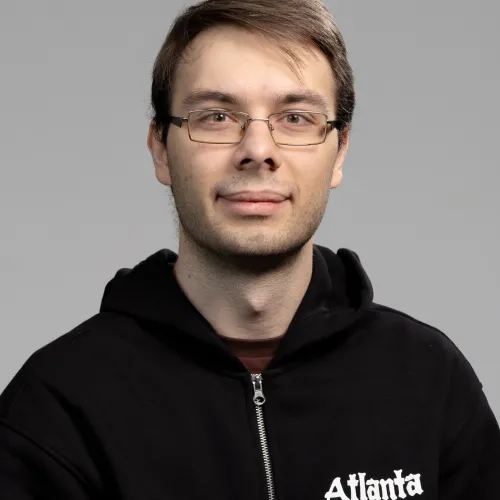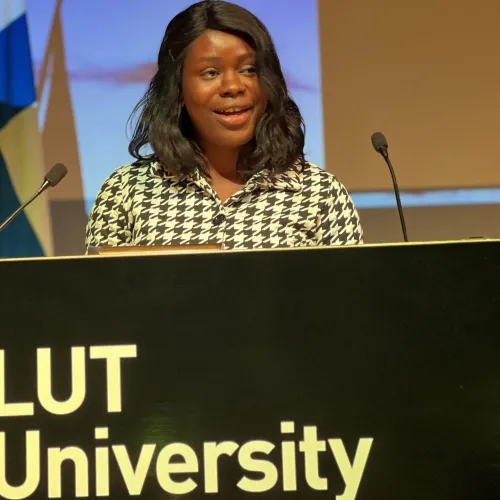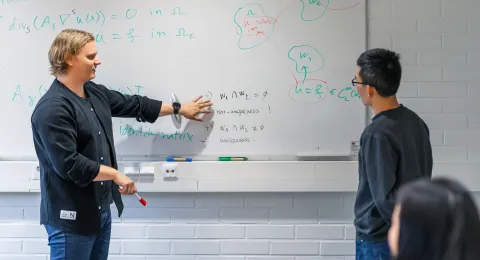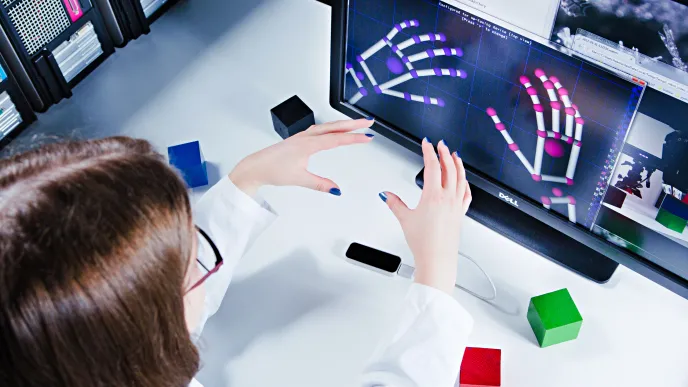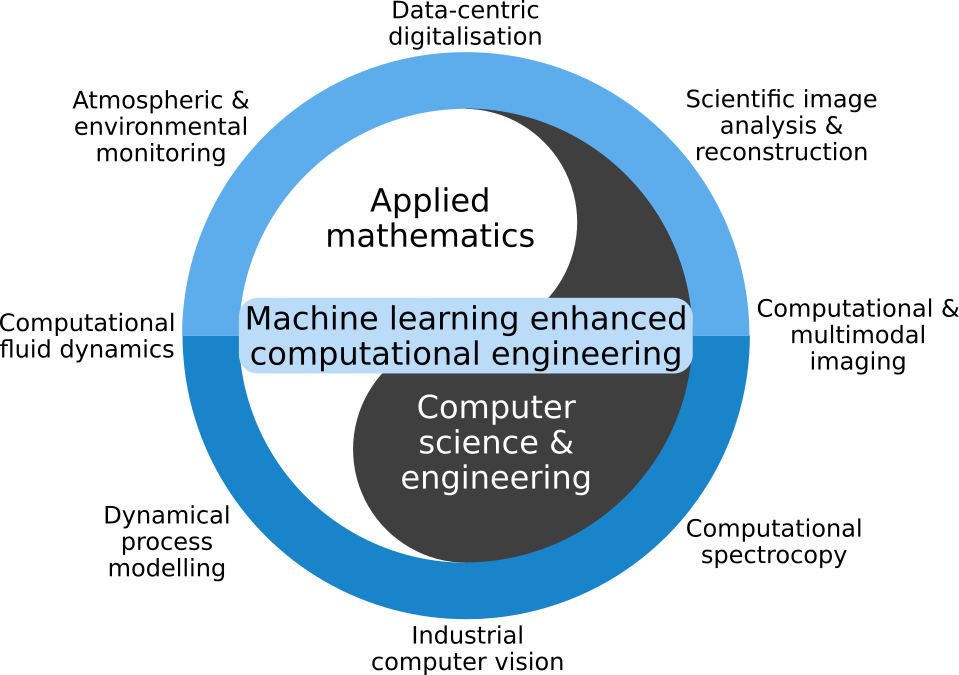
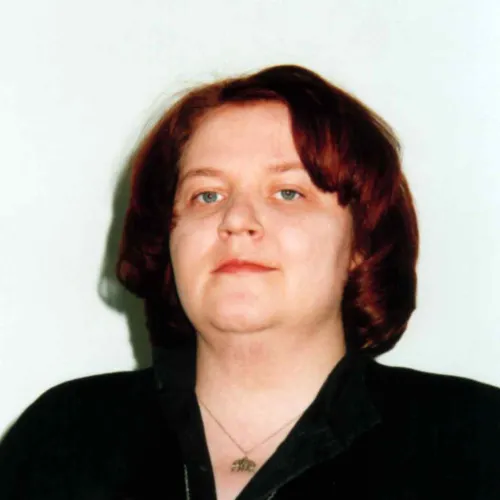
Satu-Pia Reinikainen
Applied Mathematics
One of the core research areas at the Department of Computational Engineering is applied mathematics. We have a worldwide unique concentration of expertise on uncertainty quantification and inverse problems. More specifically, our methodological research includes problem areas such as non-parametric or parametric statistical inverse problems, hierarchical models, MCMC, optimization, stochastic (partial) differential equations and chaotic systems. We drive towards interdisciplinary science: we collaborate with large-scale interdisciplinary research infrastructures (satellite missions, European Southern Observatory, European Incoherent Scatter Radar EISCAT3D), research institutes and several industrial and financial companies. Our team is part of the Centre of Excellence Inverse Modelling and Imaging (2018-2025), and of the Flagship of Advanced Mathematics for Sensing, Imaging and Modelling (2024-2031), both funded by the Research Council of Finland.
Computer Vision and Pattern Recognition (CVPRL)
LUT Computer Vision and Pattern Recognition Laboratory (CVPRL) educates computer vision and pattern recognition experts and develops computationally intelligent information processing methods. The goal is to engineer useful and significant value-added applications, especially using digital image processing and analysis. For example, our research is focuses on machine vision systems for process industry, and medical image analysis for the efficient healthcare of eye diseases.
Our main objective is to carry out high quality research on computer/machine vision and modelling, machine learning, and pattern recognition. The laboratory also serves industry as an expert organization, performs applied research and educates experts in its research fields. In the education, LUT CVPRL offers the Computer Vision and Pattern Recognition major subject in the Degree Program in Computational Engineering (bachelor, master and doctoral studies).
Our research interests include visual inspection, computer/machine vision, medical image analysis and colour science, focusing on object detection and recognition, industrial machine vision, retinal image analysis, spectral image analysis. LUT CVPRL has been selected several times as an LUT Center of Excellence in Research and is associated with Academy of Finland's Center of Excellence in Research in Inverse Mathematics.
Computational Spectroscopy
The group combines expertise from all COPE competence fields with the aim of providing comprehensive coverage of theoretical method development and its applications in computational spectroscopy.
Our main objective is to conduct high-quality research at both the international and national levels. Additionally, the group contributes to education across all degree levels by offering relevant course contents.
Our research interests cover a wide range of computational methodologies applied in various instrument-driven technologies. This extends from traditional spectroscopic methods to more recent instruments that provide spectra. Our core research areas include:
- Environmental remote sensing and monitoring using multi- and hyperspectral data, including satellite and drone imagery, as well as visible (VIS) images.
- Real-time process monitoring and chemometrics.
- Method development, including spectral characterization, uncertainty quantification, machine learning, and multivariate methodologies for CARS (Raman) and IR spectra, serving diverse applications in chemical analytics.
We collaborate closely with other COPE research groups, including Computer Vision and Pattern Recognition, Applied Mathematics, and Atmospheric Sciences. This ensures that we have access to a wide pool of expertise for our partnerships with external academic, industrial, and environmental organizations.
Atmospheric Modelling Centre Lahti
Atmospheric Modelling Centre is a joint research centre of the University of Helsinki and LUT University in Lahti led by professor Michael Boy. The centre works to find new knowledge on and solutions for climate change and air pollution by applying AI techniques in atmospheric science. Human-driven climate change is one of the greatest humanitarian, economic, and scientific challenges we face this century. One of the biggest questions about global warming is how it affects the Earth's water cycle, especially whether changes in clouds will make the Earth warmer or cooler due to perturbation of radiative balance. Air pollution with high concentrations of particulate matter (PM) is one of the top five global health risks and causes more than three million premature deaths every year. It is imperative to understand all relevant chemical and physical processes to improve human health and protect the environment. The Atmospheric Modelling Centre Lahti studies how particulate matter - tiny particles in the air - affect clouds and air quality in urban areas by applying artificial intelligence, specifically machine learning techniques, in atmospheric science.This could bring new insights into the prediction of climate change in the next decades and how to tackle air pollution episodes efficiently.
Study programs
Research groups
Our staff


